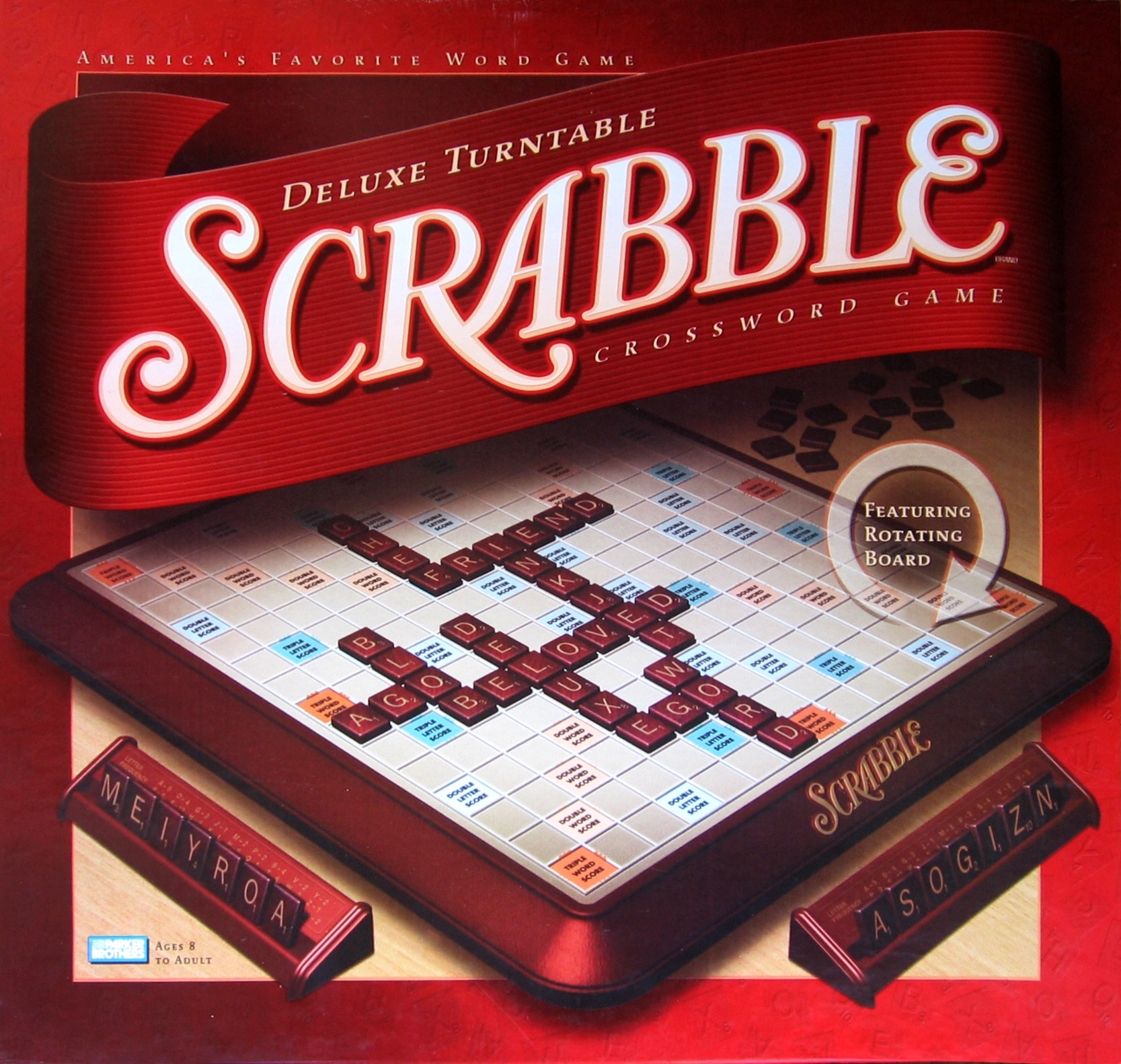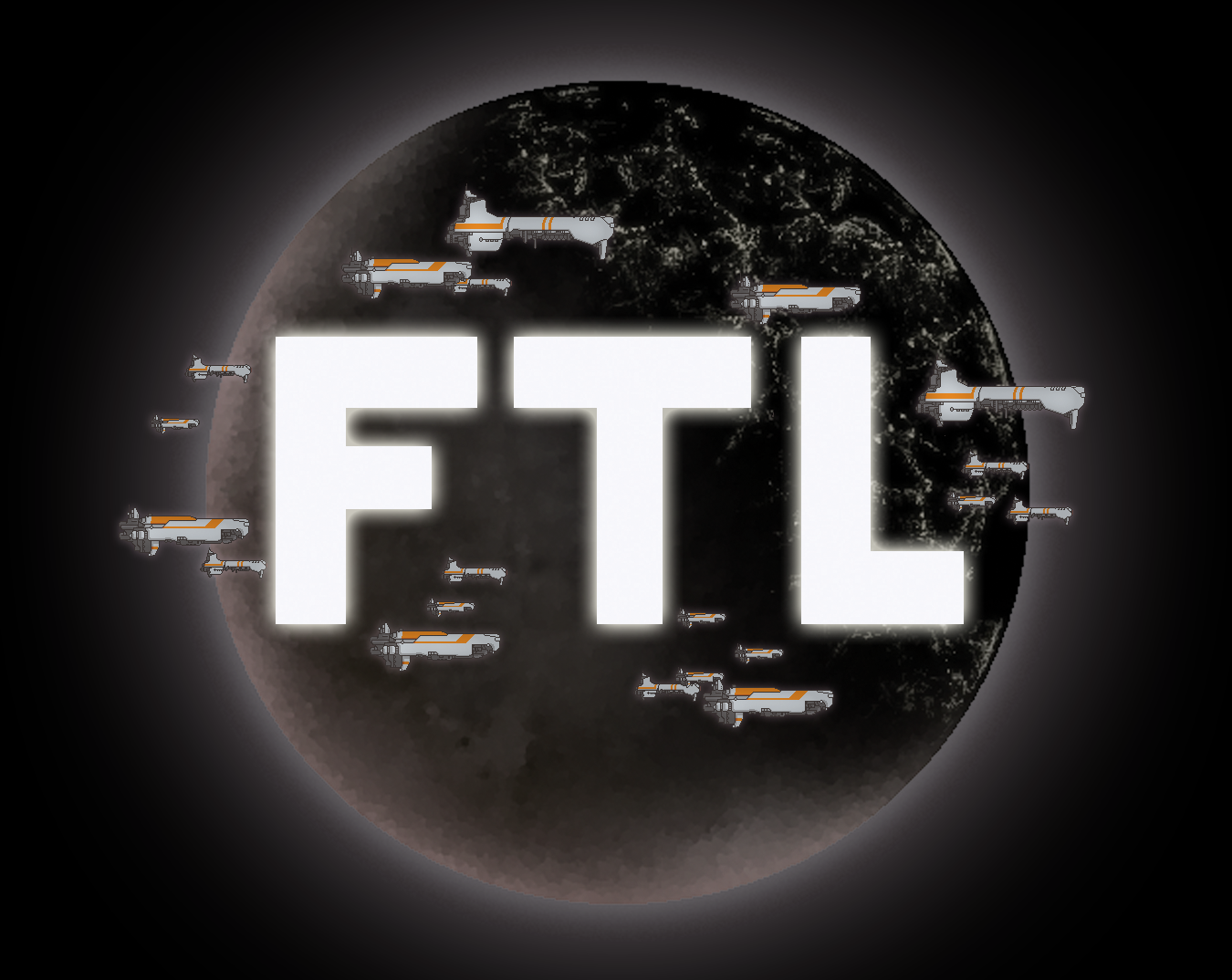Far Cry 3 is a first person shooter that allows you to explore and traverse a sweeping landscape as you battle the bandits and hunt exotic game. This uses a mixed information structure as it reveals all the information required for the player to finish the game but keeps some information hidden from them such as secret stash locations.
Minecraft is an adventure/building game where you explore the world and gather resources to construct whatever you can imagine. Minecraft uses a open information system as all the information that player needs to play the game is made known to them. This includes the information the player gets form wikis as it would be a mess to put all the information regarding materials and crafts into the game, especially because of the widespread use of mods which can add new materials and crafts to the game. So having a common place that can clearly display any information the player could want and still be easily updated is perfectly justifiable. The specific locations of materials within the game world does not count as hidden information because making something hidden is intentional and the locations is the materials is intentional since they are randomly generated at the creation of the world. It would be like rolling a D20 and it landing on 20 and you saying that you meant to do that.
Uncharted is and action/ adventure game where you take control of the treasure hunter Nathan Drake on his hunt for the the lost city of gold. The game uses a mixed information structure as the information that the player makes use of changes throughout the game as they have a shootout with enemies, then climb an ancient statue, then solve a mysterious puzzle.
Lemmings is a 2D puzzle game where the player must use the skills of their lemmings to create a safe path that leads the lemmings to the end of the level. This game uses an open information structure as there is nothing hidden from the player. All information regarding the skills of their lemmings is given to them and the player is able to survey the entire level so that they are able to plan their actions ahead of time.
Scrabble is a board game that requires the players to form words from the randomly letters they are given in order to obtain points. The game uses a open information system as all the letters that you have, as well as the letters your opponents have can be made known to you and all the words formed on the board can be seen by all players.
Mastermind is a board game that requires the player to guess a sequence of colours. Mastermind uses a hidden information structure because it consistently keeps some information (the colour sequence) hidden from the player forcing them to guess the colour sequence.
Clue is a board game that requires the player to find the murderer of a, well, murder. This uses a hidden information structure as the information regarding who committed the murder and with what weapon is hidden from the player until the end of the game.
http://www.gamingcounter.com/wp-content/uploads/2013/04/Far-Cry-3-wallpaper.jpg
http://assets1.ignimgs.com/vid/thumbnails/user/2013/09/03/minecraft.jpg
http://www.konsolekingz.com/blog/wp-content/uploads/2012/03/LOGOVAR_16.jpg
http://ps3hits.ru/wp-content/gallery/uncharted-drakes-fortune/uncharted_drakes_fortune_1080p_008.jpg
http://s3.amazonaws.com/rapgenius/filepicker/qzNpSWhQiIhcBbkPMsAv_scrabble.jpg
http://siriusbuzz.com/wp-content/uploads/2012/08/Lemmings.jpg
http://www.tnelson.demon.co.uk/mastermind/images/mastermind14.jpg
http://www.misanthropista.com/wp-content/uploads/2012/09/Clue1.jpg


















.jpg)

